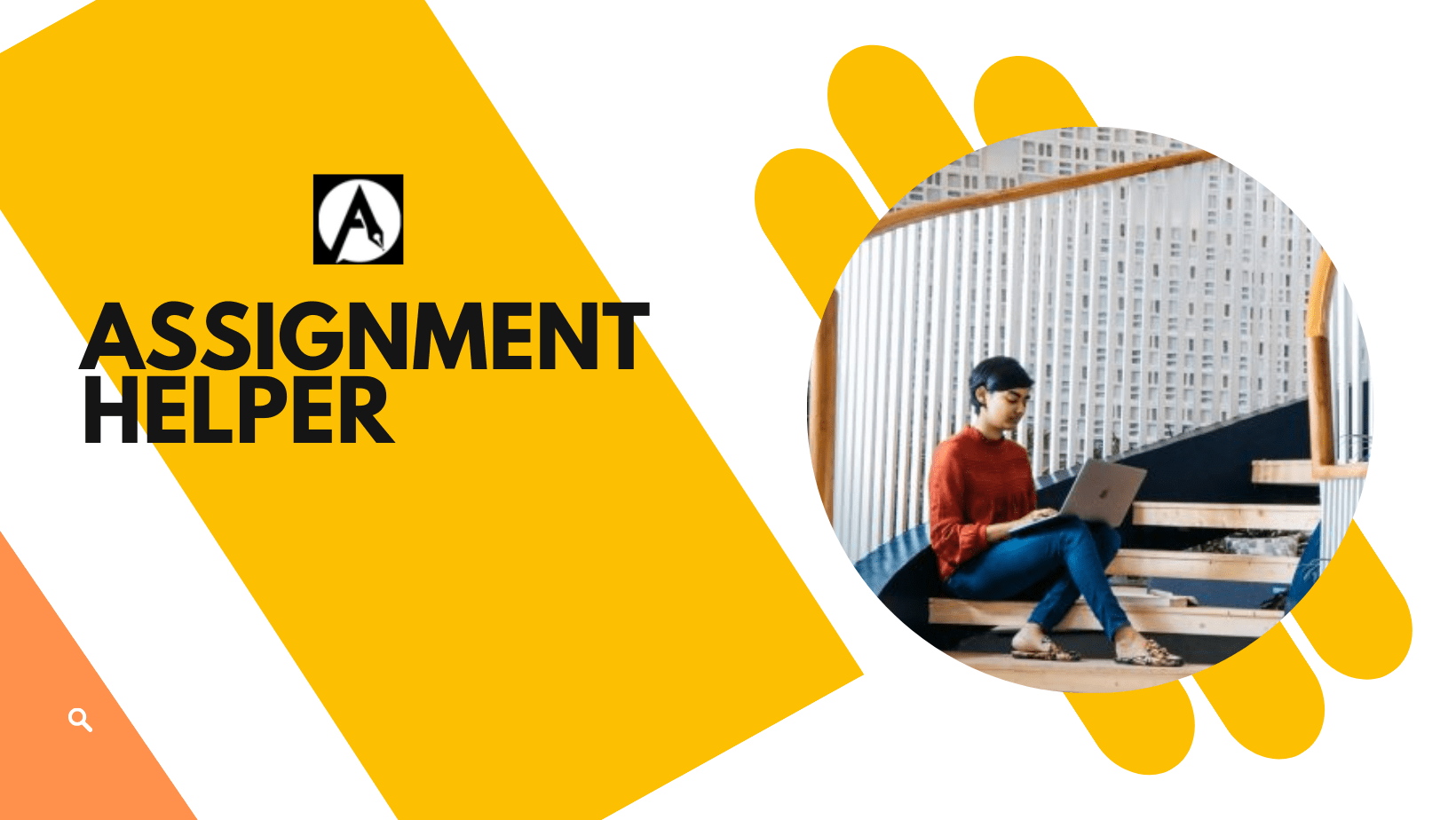Metal casting is a manufacturing process that involves pouring molten metal into a mold to create a desired shape.
This process has been used for thousands of years, and it continues to be an important method for creating a wide range of products, from small machine components to large industrial machinery. In this article, we will explore three common applications of steel casting.
- Automotive Manufacturing
One of the largest applications of metal casting is in the automotive industry.
The process is used to produce a variety of parts, including engine blocks, transmission housings, and suspension components.
These parts are typically made from cast iron or aluminum alloys, which provide the necessary strength and durability for the demanding automotive environment.
The advantages of metal casting for automotive manufacturing are numerous. Firstly, it allows for the production of complex geometries that would be difficult or impossible to achieve with other manufacturing methods.
Additionally, the ability to produce large quantities of identical parts makes metal casting an ideal choice for mass production.
- Aerospace Manufacturing
Metal casting is also widely used in the aerospace industry, where it is used to create a range of parts, including turbine blades, engine casings, and structural components.
The high temperatures and stresses experienced by these parts require materials with excellent mechanical properties, such as high strength and heat resistance.
Metal casting is an ideal method for producing such parts, as it allows for the use of a wide range of materials and enables the creation of complex geometries.
Another advantage of metal casting for aerospace manufacturing is the ability to create lightweight parts. Many aerospace components are designed to be as light as possible, in order to reduce fuel consumption and increase efficiency. Metal casting allows for the creation of thin-walled parts with intricate internal features, which can help to reduce weight while maintaining strength and durability.
- Art and Sculpture
While metal casting is often associated with industrial manufacturing, it is also used extensively in the creation of art and sculpture.
Bronze casting, in particular, has a long history in the art world, dating back to ancient civilizations. Today, artists use metal casting to create a wide range of sculptures and other artworks, from small figurines to large public installations.
One advantage of metal casting for art and sculpture is the ability to create highly detailed and intricate pieces.
The process allows for the creation of complex shapes and fine details that would be difficult or impossible to achieve with other methods.
Additionally, metal casting allows for the use of a wide range of materials and finishes, giving artists the flexibility to create works with a range of textures and colors.
Conclusion
Metal casting is a versatile manufacturing process that finds application in various fields. From automotive and aerospace manufacturing to art and sculpture, metal casting offers a range of advantages that make it an ideal choice for creating complex and intricate parts.
Its ability to produce large quantities of identical parts makes it a popular choice for mass production, while its flexibility in terms of materials and finishes makes it an attractive option for artists and designers.
Overall, metal casting remains a key manufacturing technology, and its applications are likely to expand as new materials and techniques are developed.
















